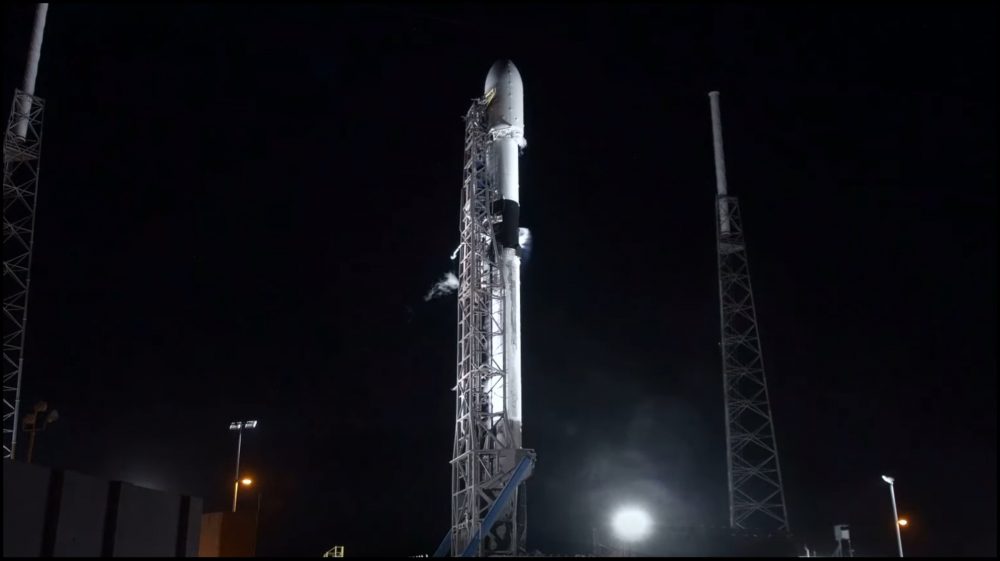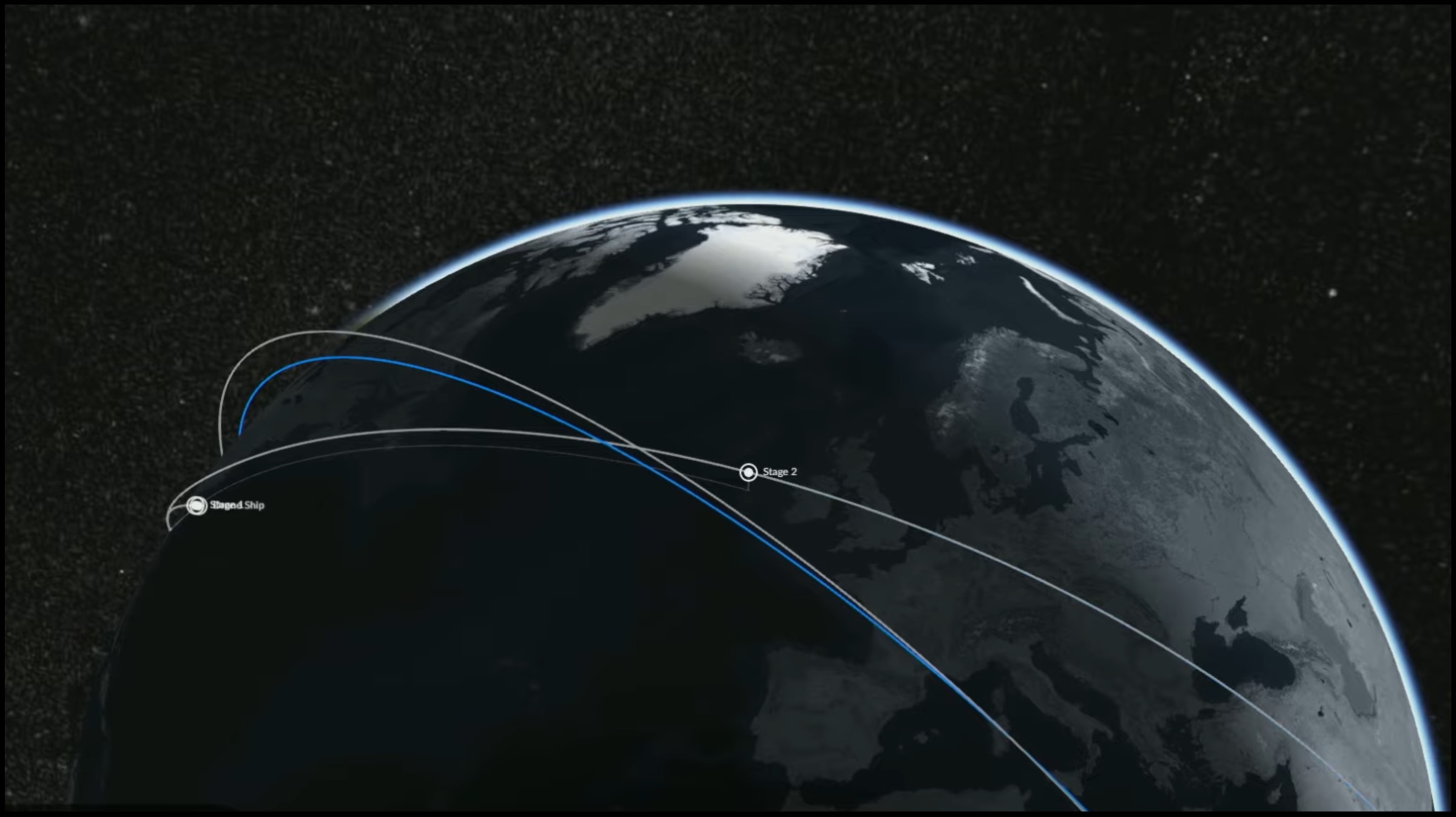SpaceX Successfully Launches 60 Satellites In The Starlink Project For Global Internet

American aerospace manufacturer and space transportation services company SpaceX has successfully launched 60 satellites in the Starlink project on the 23rd of May. This initiative aims at installing almost twelve thousand satellites to deliver latency free, fast internet anywhere in the world. The latest mission was the first in the many launches that are scheduled for the better part of the next six years.
What Is Starlink?

As mentioned above, the ultimate goal of the Starlink project by SpaceX is to launch and install twelve thousand satellites into the lower orbit of the earth; in an attempt to deliver fast internet to even the most remote places in the world. In this initiative, one batch of 4,409 satellites will be placed between 550kms and 1,325 km from Earth’s surface; while the second batch of 7,518 satellites will orbit the planet at a height between 335km to 346km from the surface. When taking a count, that amounts to a total of 11,927 satellites orbiting the Earth in an attempt to deliver fast internet. The company plans to launch the aforementioned satellites by the year 2024.

The sixty satellites stacked together
The Federal Communications Commission (FCC) of the United States; a certification body has granted SpaceX the necessary permission to launch the Satellite constellation into space. Notably, the company launched two test satellites in the mission in the year 2018. These were called TinTin A and TinTin B and laid the foundation for the current mission.
Also read: Google Is Reimbursing Pixel 1 Owners In The US, But What About India?
While the idea behind Starlink; a global coverage of the Internet to even the remotest areas seems philanthropic, the truth is more easy on the eyes. SpaceX CEO Elon Musk has said the mission is important because Starlink will be a revenue generator for the company. With the money made from the project, the company claims it will be able to fund and develop more advanced space exploration project. This may include SpaceX’s plan to send a human to Mars within a decade.























 #ipho
#ipho